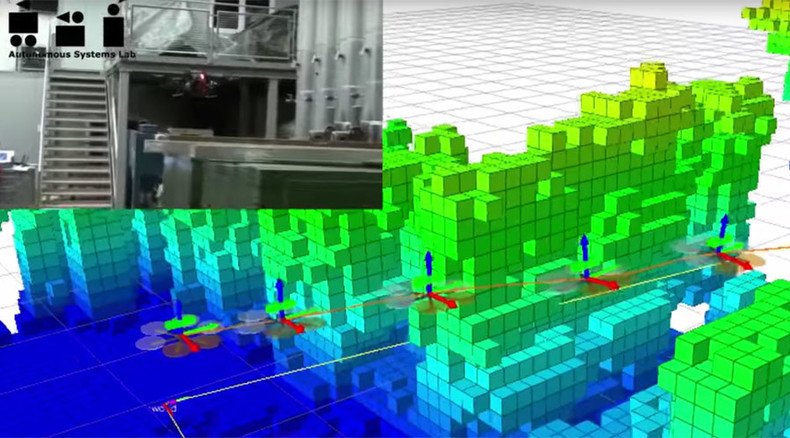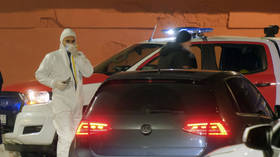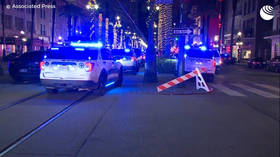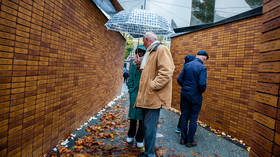Putting the ‘unmanned’ into UAV: New drone can build its own maps, move autonomously

Unmanned aerial vehicles by definition do not have a human pilot on board, but they still require an operator. Now, Swiss researchers have developed a small drone that is more independent – it can build its own 3D maps and move around autonomously.
A micro air vehicle (MAV) developed by a team of researchers from the Swiss Federal Institute of Technology in Zurich can re-localize itself, create consistent maps and plan paths in full 3D in completely new environments, MIT Technology Review reports.
Researchers from the Swiss Federal Institute of Technology in Zurich came up with the idea to try and make the unmanned aircraft more independent.
The only human assistance needed is an operator who can help it carry out an exploratory flight around its new environment and then the owner can sit back and relax, as the drone finds its way from A to B.
“This is the first time we can show full mapping, re-localization – finding the drone on the map – and planning on board,” researcher Michael Burri told MIT Technology Review.
The researchers tested out the technology at an old industrial site. They chose the location as it would test their drone to the maximum, given the sheer number of obstacles in the way.
The unmanned aircraft they used was a small quad-rotor, which weighs 1.6 kilograms, the AscTec Firefly. They equipped it with a stereo camera and sensors to report velocity, orientation, and gravitational forces.
A Drone with a Sense of Direction https://t.co/smVpHNvimm
— MIT Tech Review (@techreview) October 29, 2015Once the map has been created, certain areas where the drone is forbidden to fly are blocked out. The most direct route is planned, while the drone will fly past any obstacles that have been mapped out in advance.
“The individual mapping and sensor techniques have been demonstrated before, but not all together on an autonomous drone,” says Wolfram Burgard, a professor at the University of Freiburg, Germany. “This brings the technology closer to real-world application in inspection and surveillance tasks.”
There is one hitch, as the technology does not come cheap: It has very limited flight time. Due to the excess weight carried by the computer and sensors, the drone is only able to stay in the air for seven minutes; however, the designers believe this is a problem that can easily be overcome.













